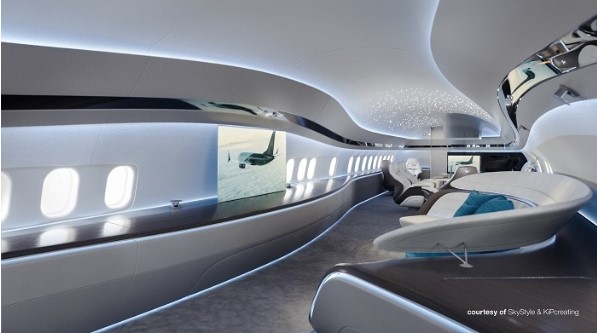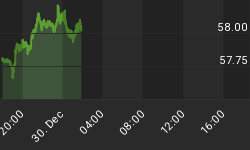Buyers aren’t calling the shots anymore in the luxury, private plane market. Today, it’s all about sellers for the first time in quite a while, as demand outpaces supply as companies benefiting from tax cuts and a strong economy go on flying sprees, Bloomberg reports.
It’s a phenomenon that’s making itself felt most strongly in the U.S., which has scooped up some 70 percent of these private planes thanks to a line-up of incentives, including the corporate tax slash that has left a lot more corporate cash hanging around and the allowance of capital investment depreciation.
According to Jetcraft’s 4th annual Business Aviation Market Forecast, the next 10 years should see over 8,700 private jets delivered for a total of $271 billion in revenues, with North America leading the pack, accounting to 60 percent of the wing load, followed by Europe with an expected 18 percent and Asia-Pacific with 13 percent.
Cited by Bloomberg, Honeywell foresees the delivery of 7,700 planes over the next decade, with those numbers based on a survey of some 1,500 aircraft operators.
But there’s another factor that may be adding to the trend: According to the latest wealth report by Knight Frank, there were more than 2.5 million air departures last year, up 5 percent from 2016, and only around half of those were on private jets that were wholly owned by an individual or business.
Today’s aviation options are much more varied than they used to be, and high-net-worth flyers are now either owning, partially owning or chartering jets, or even using pre-paid jet cards.
Warren Buffett’s Berkshire Hathaway is all over this rising trend through its subsidiary, Columbus, Ohio-based NetJets, which offers fractional shares, leases and jet cards, while its Executive Jet Management offers charters and aircraft management. Related: Is Trump Right About The Federal Reserve?
On 17 October, Boeing Business Jets delivered its first BBJ MAX airplane to a customer, and a total of 20 orders are already in for the new business jet.

(Click to enlarge)
Brazilian Embraer also brought two new private jets public in mid-October, the Praetor 500 …

(Click to enlarge)
and the Praetor 600:

(Click to enlarge)
They labelled both “disruptive aircraft for the entrepreneur, for the pioneer, for the innovator”.
Related: Stock Market Plunge Fails To Impact Gold Prices
The question now is whether this is a sustainable reversal, or just a blip on the private jet radar.
More to the point, the question is whether the strong economy is going to last for long enough to justify and uptick in production of private jets.
Some will argue that the effect of the tax cuts are about to wear off at the same time as the trade war intensifies, and that new investment will dwindle, along with growth.
Private jet producers might want to cool their engines a bit before launching into a major production swell that could quickly turn into another glut if we’re on the edge of a slowdown in growth. But for today, things are good in the air.
By Tom Kool for Safehaven.com
More Top Reads From Safehaven.com:

















